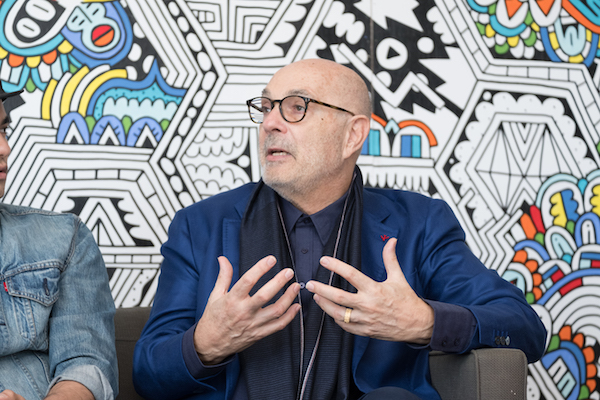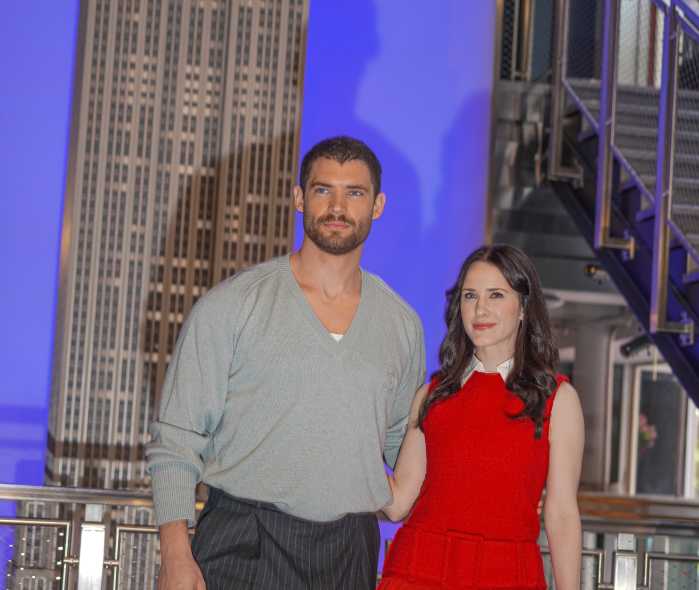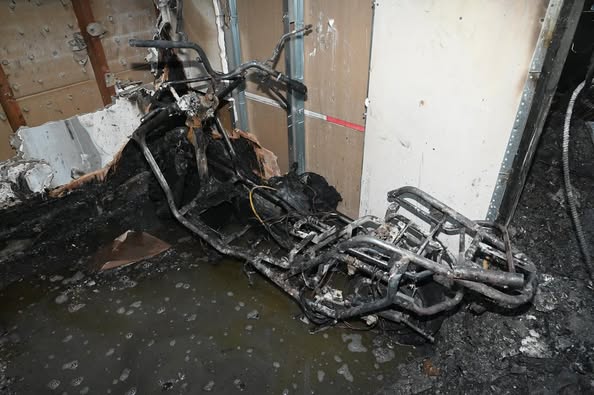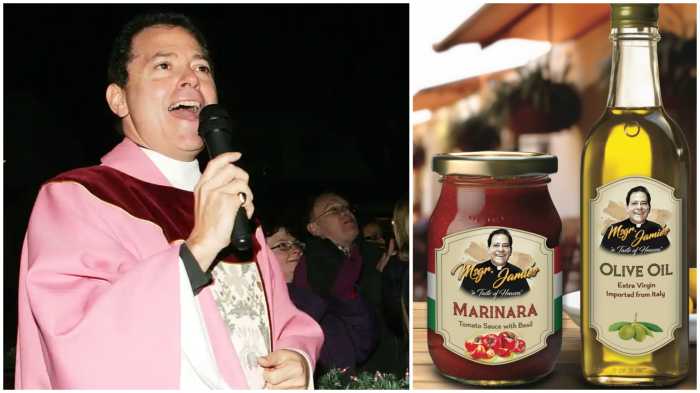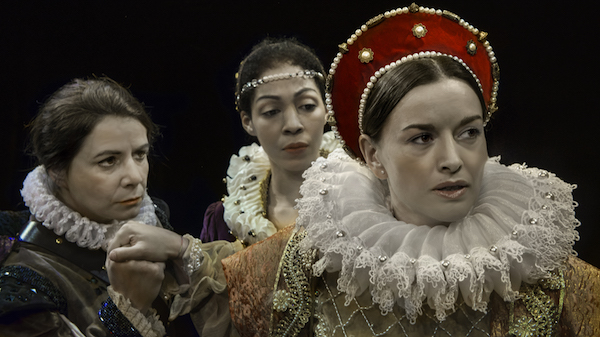
BY TRAV S.D. | A half-century ago, New York City was exploding with the formation of dozens of new alternative theatre companies as part of a new movement that was being called “Off-Off Broadway.” Of those, a scant few survive to this day. One of the most robust of them has to be the groundbreaking Repertorio Español. Founded in 1968 by stage director René Buch and producer Gilberto Zaldívar (both Cuban Americans), Repertorio Español presents a rotating repertory of Spanish language theatre year-round — a mix that includes classics as well as contemporary Latin American playwrights and works by emerging Hispanic writers. Since 2005, the company has been run by the late Zaldivar’s partner, Robert Weber Federico.
Thus far, the company has over 250 productions to its credit and has garnered a host of accolades including Obie, Drama Desk, ACE, HOLA, and ENCORE awards. Each year, the Repertorio presents a season of 15 productions totaling 300 performances to more than 40,000 patrons and 16,000 students. The company has premiered several new works by contemporary playwrights, including Caridad Svich. The first staged reading of Lin-Manuel Miranda’s “In the Heights” was at the Repertorio.
The current season includes the US premiere of a 375-year-old-play by Ana Caro, “Valor, Agravio y Mujer” (“Courage, Betrayal, and a Woman Scorned”). Caro was one of a surprising number of female playwrights during the Spanish Theatre’s Golden Age (roughly 1590-1680). Only two of her works are known today, so this is an extremely rare chance to check out her work, which was very much ahead of its time (a time, after all, when women in Spain weren’t even allowed to be educated). “Valor, Agravio y Mujer” is a sober farce (if such a thing is possible) which turns the Don Juan legend on its head, making it a very timely, if little-known, classic to be producing in this day and age.
Truly, it can be said that Repertorio Español has come a long way. Zaldivar’s first theatre company had been the Teatro Arlequin in Havana, but he fled Cuba for political reasons in 1961 after Fidel Castro came to power. In 1965 he became an associate producer with Stella Holt’s legendary Greenwich Mews Theatre, which was then making an attempt to include more people from minority communities. When Holt died in 1967, Zaldivar struck out on his own to realize his vision of creating a company in New York that spoke to New York’s growing Spanish-speaking audience. Buch, his partner in the enterprise, was a Yale Drama School alum. Federico joined in 1971.
“I was designing a dinner theatre show in St. Petersburg, Florida when a mutual friend told me they [Zalvidar and Buch] needed a designer,” recalled Federico. “I started out doing set and costume design for them, then just got drawn in. I sorted mail for bulk mailings. I became an expert on third class postage! Then I got involved in grant writing and now I’m the administrator.”
The company originally produced its works in a 13th St. house of worship that was jointly shared by the Village Presbyterian Church and the Brotherhood Synagogue. By 1972, sufficient funds had been raised to move into its present location — the 140-seat Gramercy Arts Theatre at 138 E. 27th St. (btw. Lexington & Third Aves.).
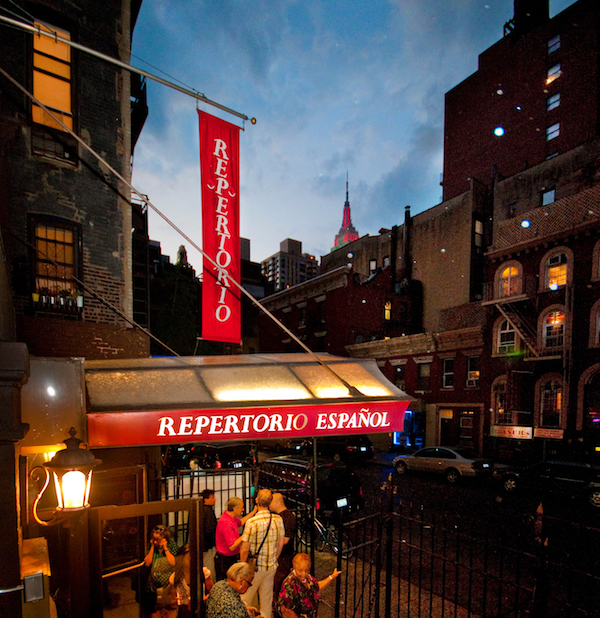
“The location is perfect for us,” Federico said. “It’s a good area, a safe area, close to transportation, but south of the Midtown traffic. And it’s not identified with any specific Latin community. As we serve all of New York’s Spanish-speaking groups, that’s important for us.”
According to Federico, the company’s mission of serving audiences of many nationalities and interests has resulted in its unique repertory method of producing. Once a near-universal practice in American theatre, it has become extremely rare for companies to keep several plays in rotation at the same time: “We used to do it the conventional way, one play for four to six weeks, but we quickly realized we’d lose part of our audience, the part that doesn’t want to see, say, a classical play, or a play from Puerto Rico. A production needs time for word of mouth to develop. The repertory method keeps people in and you can satisfy more audience, and allows us not to spend a lot on publicity. This way, we can keep a play going for years. [Federico García Lorca’s] ‘La Casa de Barnarda Alba’ has been in rep here for years.” Carmen Rivera’s ‘La Gringa’ has been playing here for 22 years!”
The company is also developing a new generation of audiences through its education initiative ¡DIGNIDAD! (dignity and self-esteem), which presents 100 performances each year at over 15 schools, along with in-school residencies, family workshops, and teacher training programs.
Federico cited as a highlight of the past half-century, a US government-sponsored tour of Latin America, which brought the company to 15 countries. “It was the first opportunity we had to be judged by audiences and critics strictly as theatre, and not as an exponent an ethnic subculture. It did a lot for our self-confidence going forward.”
As for what’s changed over the decades, Federico mentioned several: “The demographics have changed a great deal. For example, the Dominican community was quite small when we started. Now they are a major group, maybe the largest. Our budget has changed. In the beginning it was around $15,000 for the season. Now it’s now up to $2.2. million. And there have been changes to our repertoire. In the ’80s there was much more demand among older people for zarzuelas (a particular kind of Spanish language musical theatre) and operettas. In recent years, demand for that kind of thing has dwindled. Now we commission and present more original material.”
Pulitzer Prize-winning playwright Nilo Cruz is a playwright the company works with. They’ll be premiering his newest play — “Exquisita Agonía” beginning April 21, 2018. For more information, and their entire upcoming season, visit repertorio.nyc. And if you don’t speak Spanish, not to worry. All shows are translated into English as individual simultext.
